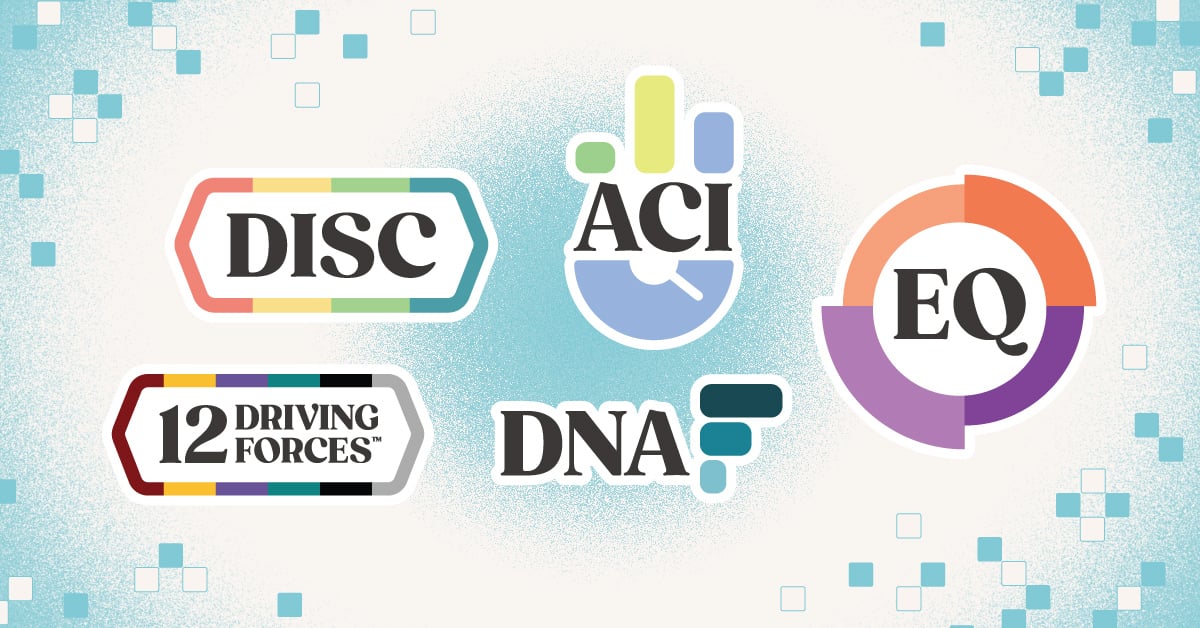
With the job market more employee-focused than ever, it's important to make sure every hire and position is filled with a quality candidate.
What is Benchmarking?
Benchmarking is the process of creating the profile of the ideal candidate for a position, and then measuring all candidates against that profile.
It’s most commonly used in the interview process, but can also be used to measure an employee in their current role.
How Do You Create and Use a Benchmark?
The ideal candidate means a lot of different things to different people. This diversity of thought is a good thing, until it becomes a hindrance to the hiring process.
Get the multiple perspectives you need while saving time by putting together a team of Subject Matter Experts, or SMEs. While a panel of SMEs is not necessary, it is a best practice.
It can include employees who previously held the role, the candidate’s future direct report, and/or their future co-workers.
“Working in a collaborative environment with multiple stakeholders gets you a variety of opinions and removes internal biases and personal agendas.”
The SMEs each build out the results of an assessment as if they were their ideal candidate. Then, an average is found from each of those ‘ideal’ profiles. This average is your benchmark!
After the benchmark is created, introduce it several steps into your interview process, after the initial rounds of reviews. Most organizations only use a benchmark with their top 3-5 candidates.
This way, the normal screening process isn’t disrupted; it just gives deeper insight into each candidate, and a professional way to measure that insight at the end of the process.
What Makes TTI SI Different?
![]() TTI SI has a patented Benchmarking Process that leverages data to make the best decisions about candidates. In addition, as an outcome of the process, roles have concisely defined responsibilities. Our benchmarking process defines the role instead of the individual.
TTI SI has a patented Benchmarking Process that leverages data to make the best decisions about candidates. In addition, as an outcome of the process, roles have concisely defined responsibilities. Our benchmarking process defines the role instead of the individual.
“The beautiful thing about benchmarking is that it’s not focusing ultimately on qualifying or disqualifying a candidate,” said Merkle. “It’s about discovering what the business needs. It removes bias and relies on logic.”
Isn’t This a Biased Process?
If you’re not familiar with the concept, it might sound like benchmarking is a way to discriminate in the hiring process. It’s actually the opposite; benchmarking a job minimizes bias and provides a clear objective and collective voice to what behaviors, motivators and skills the job needs.
“People have a tendency to like and relate to others similar to them,” explained Merkle, “But similarities might not be what the position needs. These benchmarks can be used for as much as 30% of the hiring decision, but the other 70% should be made based on resume, experience, skills, validation of those skills, and personal fit.”
Clear up any uncertainty by building a scoring method into the interview process. It can look like the following:
- Resume: Determine the minimal qualifications for position
- Interview: Hold several rounds of interviews on the phone, and one or two in-person as your company sees fit
- Shared work: Analyze shared work from the candidates
- This can be samples of writing, completion of a project, etc)
- Benchmark: Measure top candidates against the benchmark and make a decision after final round of interviews
“Benchmarking is a tool to hone in on top candidates, not a blanket dismissal of talent.”
Something important to remember is that you don’t have to pick the candidate with the closer score to the benchmark! By using the process, you get to make a conscious decision about the individual you are choosing to join your organization.
“Organizations do not miss out on a good candidate because they don’t fit the benchmark,” Merkle said, “Even if you hire against the benchmark, you now have valuable insight into your hire about their behavior that you can use in their onboarding period and beyond. You know what they say; you can’t manage what you can’t measure.”
By using this process, you get to make a conscious decision about the individual you’re choosing to join your organization.
Why Should You Benchmark?
The benefits to benchmarking are clear! Here’s what happens when you find the right fit for a position, backed up by data.
Enjoy Higher Employee Engagement
If someone’s behavioral style, motivations, and skills are matched up to a position, they’ll have a higher level of engagement with their team. This engagement increases satisfaction, productivity, and profits.
Customer retention rates are 18% higher when you have well-informed and highly engaged employees, according to Smarp.
Avoid The Cost of a Bad Hire
Just trying to ‘fill a seat’ in your organization is a huge mistake. 80% of turnover is due to bad hires, according to SHRM. Calculate the real cost of hiring the wrong person here, and see if you can afford it!
Develop Your Talent Pipeline
Benchmarking isn’t just for job candidates! If you’re not hiring soon, you can still use benchmarking to create development plans internally.
Developing leaders within your organization will boost productivity and engagement while saving you money, time and resources.
Some people want to use benchmarking as a justification for terminating a position. You’re better off using benchmarking as a way to get a snapshot on where to develop an employee.
Remember, only 30% of your decisions can be determined by benchmarking. Don’t open yourself up to trouble.
How Do I Get Started?
If you want to start harnessing the power of benchmarking for your company, TTI SI is here to help. Contact us here to learn more about how you can utilize this process.
If you’re interested in more information about joining the TTI SI network of resellers, get the info you need here.
Members of the network are also able to download an exclusive step-by-step guide to the TTI SI’s benchmarking process on my.ttisi.com.
“We know leaders, especially during this time, have a challenging role,” said Merkle. “Benchmarking gives you a deeper level of insight before your candidate even walks through the door.”




